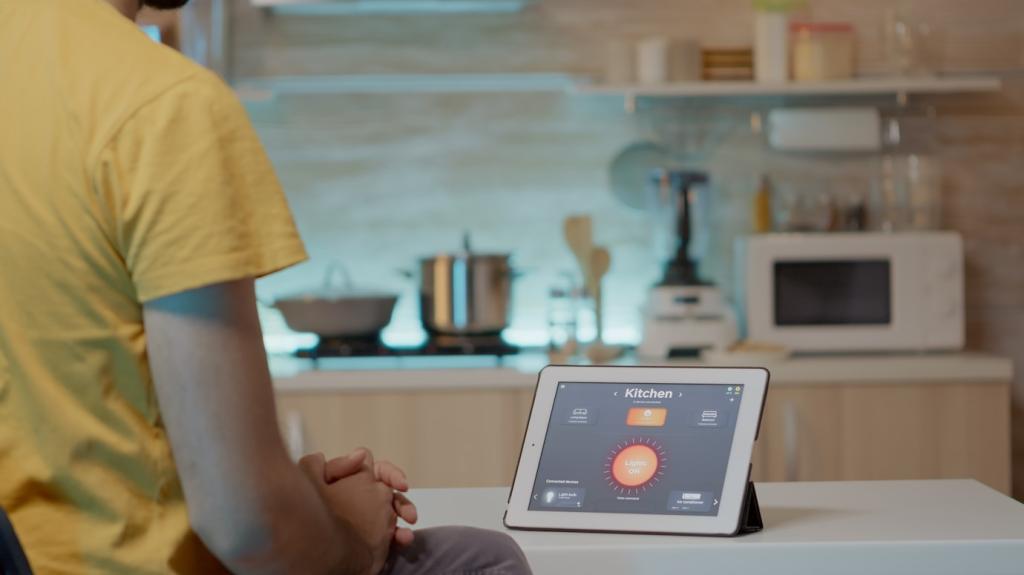Balancing Work–Life for Remote Professionals
Today’s chosen theme: Balancing Work–Life for Remote Professionals. Welcome to a practical, human-centered space where remote work feels sustainable, meaningful, and genuinely balanced. We’ll explore rituals, boundaries, and habits that protect your energy while keeping your craft sharp. Join the conversation, subscribe for weekly insights, and share what balance looks like in your world.
Crafting Boundaries That Actually Hold
Create a daily opening and closing ritual that signals your brain to shift gears. Light a candle, review your top three priorities, and end by documenting wins and lessons learned.


Crafting Boundaries That Actually Hold
Block focus time, lunch, and end-of-day wind-downs on your calendar as recurring events. Treat them like meetings with your future self that cannot be casually rescheduled.
Designing a Workspace That Supports Life
Zones for Modes
If possible, separate a deep-focus zone from a quick-task zone. Even a rotation between a desk and a standing counter primes your mind for different kinds of work.
Ergonomics for Endurance
An ergonomic chair, external keyboard, and eye-level screen protect your posture and energy. Small upgrades prevent the aches that quietly drain evenings and weekends.
Visual Closure Cues
Use a screen shade, desk cover, or folding divider to hide work at day’s end. Out of sight means out of mind, helping evenings belong to relationships and recovery.
Timeboxing with Breath
Pair ninety-minute deep work blocks with five minutes of breathing and a short walk. The ritual resets attention, reduces stress, and prevents cognitive hangovers after intense focus.
The Two-List Method
Keep a impact list and a maintenance list. When energy dips, switch to maintenance tasks without guilt. Progress continues while your brain refuels for the next push.
Anecdote: Mateo’s Microbreak Loop
As a backend engineer, Mateo runs tests, stands up for squats, refills water, and returns. The loop is tiny, repeatable, and keeps him from crashing mid-afternoon.
Healthy Communication Norms at Home and Work
Async-First Agreements
Adopt written updates and shared dashboards as defaults. Fewer meetings mean more control over your day, fewer context switches, and easier coordination across time zones.
Status Signals That Stick
Use consistent status signals: a door sign, headphones protocol, or a calendar emoji legend. Simple visual cues prevent interruptions without endless explanations or tension.
Family Office Hours
Set daily windows when you are fully reachable for home matters. When everyone knows exactly when to ask, random interruptions drop and trust rises on all sides.






Measuring Balance Without Losing Your Soul
Log weekly: hours of deep work, evenings fully off, and mornings without anxiety. Those signals show whether boundaries are holding and where to nudge your routine.
Measuring Balance Without Losing Your Soul
Borrow a team practice: a ten-minute Friday retro with yourself or a partner. Keep it gentle, practical, and focused on one tiny improvement for the coming week.
